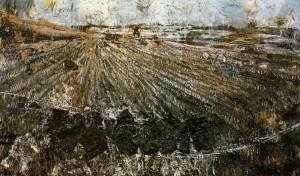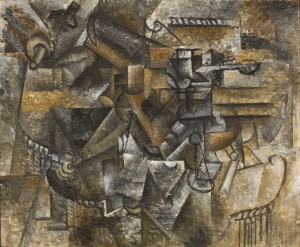
Finding Our Bearings with Art
I propose bearing as a marker of an artwork’s purposive comportment in and toward the world whose various relations and dimensions the work engages and discloses. I have chosen this term because at least five of its senses apply to artworks as I understand them. [1] Artworks have a manner of comportment, a bearing, e.g. bold, reflective, ironic, etc. [2] They are generative (in the sense of ‘bear fruit’) in that they provide disclosures. [3] They are purposively oriented and thus have bearings, principally toward an addressee, but also toward some determinate end, e.g. to be beautiful, to please, to rework culture, to witness suffering, etc. [4] Works of art also make use of the very world that they disclose, which leads me to say that artworks bear, in the sense of carry, extant possibilities, transforming them until they coalesce into a phenomenon that is bindingly eloquent. [5] Finally, artworks also bear (or fail to bear), in the sense of endure, the world they absorb in order to disclose whatever possibilities they are able to bear.



